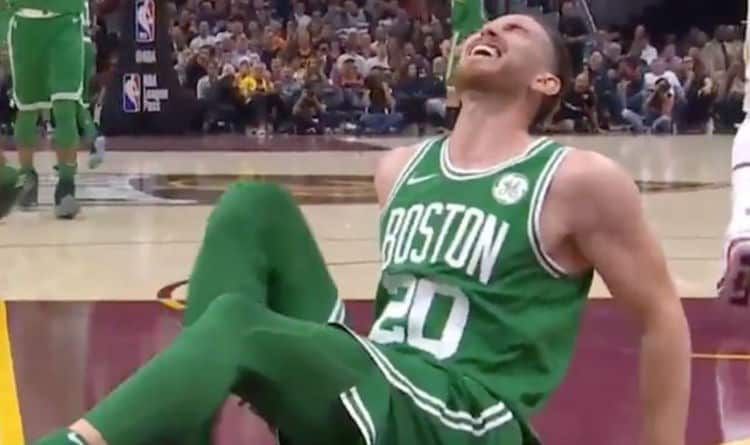Hardship deals reportedly pay about $60,000 for the duration of the contract, which are normally signed as 10-day contracts (this figure is specific to the 2021-22 NBA season and will vary). The hardship exception applies in situations where a team has at least 4 players each injured for at least 3 consecutive games. The NBA then grants an exception to the team (after board approval and independent physician check) to sign a player using the hardship exception. Hardship contracts count towards the salary cap, but teams are allowed to go above the salary cap if required. Because of the unique circumstances of the 2021-22 NBA season, the hardship exception was slightly tweaked temporarily.

How was the hardship exception rule changed for the 2021-22 NBA season?
The hardship exception was not a rule that was often used in the NBA. Situations where 4 or more players would be injured for at least 3 consecutive games were slightly uncommon, as the probability of having that many players out for that long isn’t high. According to Spotrac, in the 5-season period between the 2016-17 season and the 2020-21 season, the number of times the hardship exception was used was a total of 35 times. As of the first two months of the 2021-22 NBA season, the hardship exception had already been used 55 times, 20 instances more than the previous 5 seasons combined.
The reason for the increase in the usage of the hardship exception was due to the NBA’s decision to tweak the rule for the 2021-22 season, due to the COVID-19 pandemic. Because the virus was highly contagious, one affected player could easily spread the virus to other players. The NBA also had COVID-19 protocols that required affected players to isolate, meaning that players with positive results could not participate in games.
As such, due to the increasing numbers of players entering COVID-19 protocols, the NBA made several changes to the hardship exception. Instead of teams needing at least 4 players injured to use the hardship exception, teams could use the exception when any of their players entered COVID-19 protocols. The hardship exception normally requires approval via the board and independent physician before it can be used, however, the NBA also scrapped that requirement.
Usually teams would use the hardship exception by signing replacement players on 10-day contracts, but the NBA does not allow 10-day contract signings before January 5th; however, this restriction was also removed for the 2021-22 season, allowing 10-day contracts to be signed earlier (a reason why hardship 10-day deals were so frequent in the first two months of the 2021-22 season). Another important rule change was that contracts signed using the hardship exception would not count towards the salary cap or luxury tax. Teams were also required by the NBA to use the hardship exception should they have less than 13 available players for a game.
Because the need for replacement players became a necessity for teams at any given moment during the season, the NBA had to make changes to the hardship exception. That’s why the increase in the use of the hardship exception occurred, and fans got to see some new talent and journeyman veterans step on to the court for a short time in order to impress: players like Joe Johnson, Lance Stephenson, and Brandon Knight all made their way back on to the NBA court temporarily on hardship deals.
What happens to players signed using the hardship exception once injured players become available again?
The hardship exception is a temporary rule so that teams have enough available players to play their games. Once a player who was injured is now available to play, the team has to revert to their original roster size. This usually means that the replacement player signed gets cut, although teams could cut any player technically.
Teams most commonly apply the hardship exception by signing replacement players to 10-day contracts (lasting 10 days or three games, whichever comes first). Therefore, these contracts often run out in time for the injured player to return. 10-Because 10-day contracts normally cannot be signed before January 5th, any team who needs to use the hardship exception sign players to non-guaranteed contracts and then cut them. This allows teams to not have replacement players stay on their books for too long.
The hardship exception was a relatively obscure part of the rule book until the 2021-22 NBA season saw a sudden increase of the exception’s use due to COVID-19 protocols. While the exception was previously more of a contingency plan for severe circumstances, the NBA adjusted the rule for the season to be more flexible. This rule change was vital for the NBA to go through the season successfully without having to cancel and reschedule too many games, while also protecting players from further risk. While the talent level may have slightly dipped due to fringe players now thrust into starting roles, fans were treated to some great performances by players on hardship deals, along with welcoming back players who had been out of the league for some time to come back for a short period. The hope is that the hardship exception goes back to being an emergency plan rather than the mainstream rule it became due to the pandemic.
